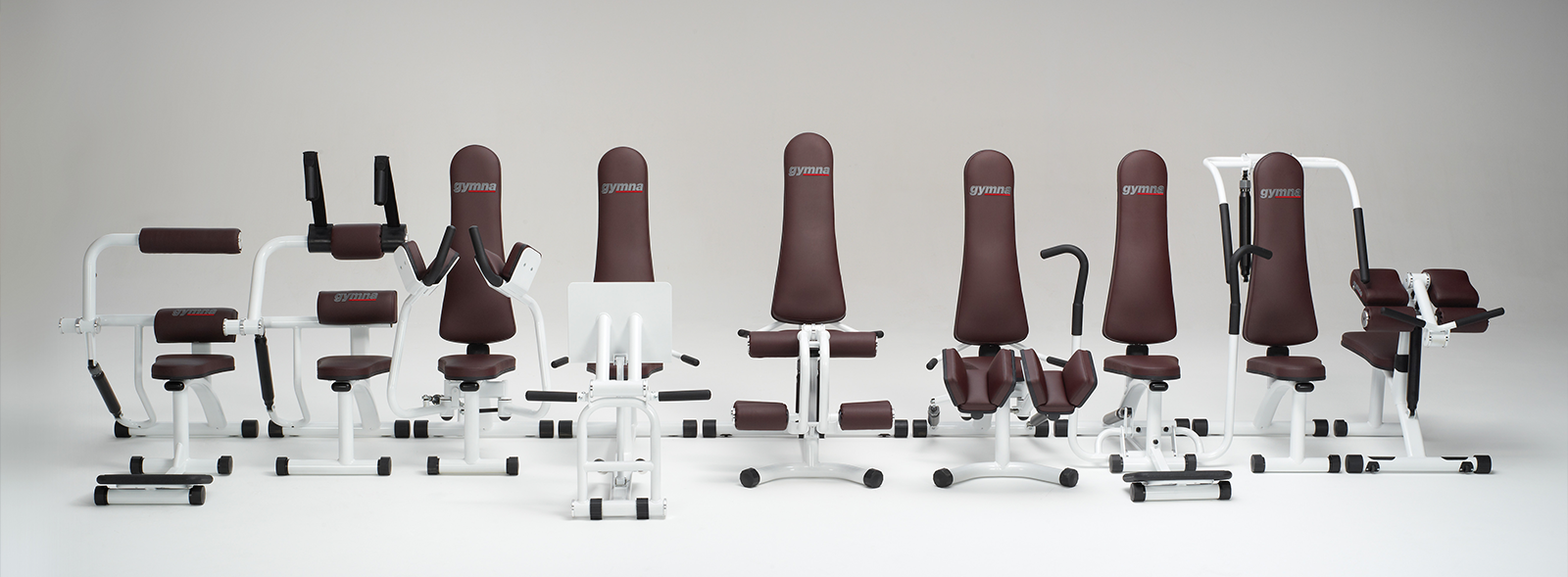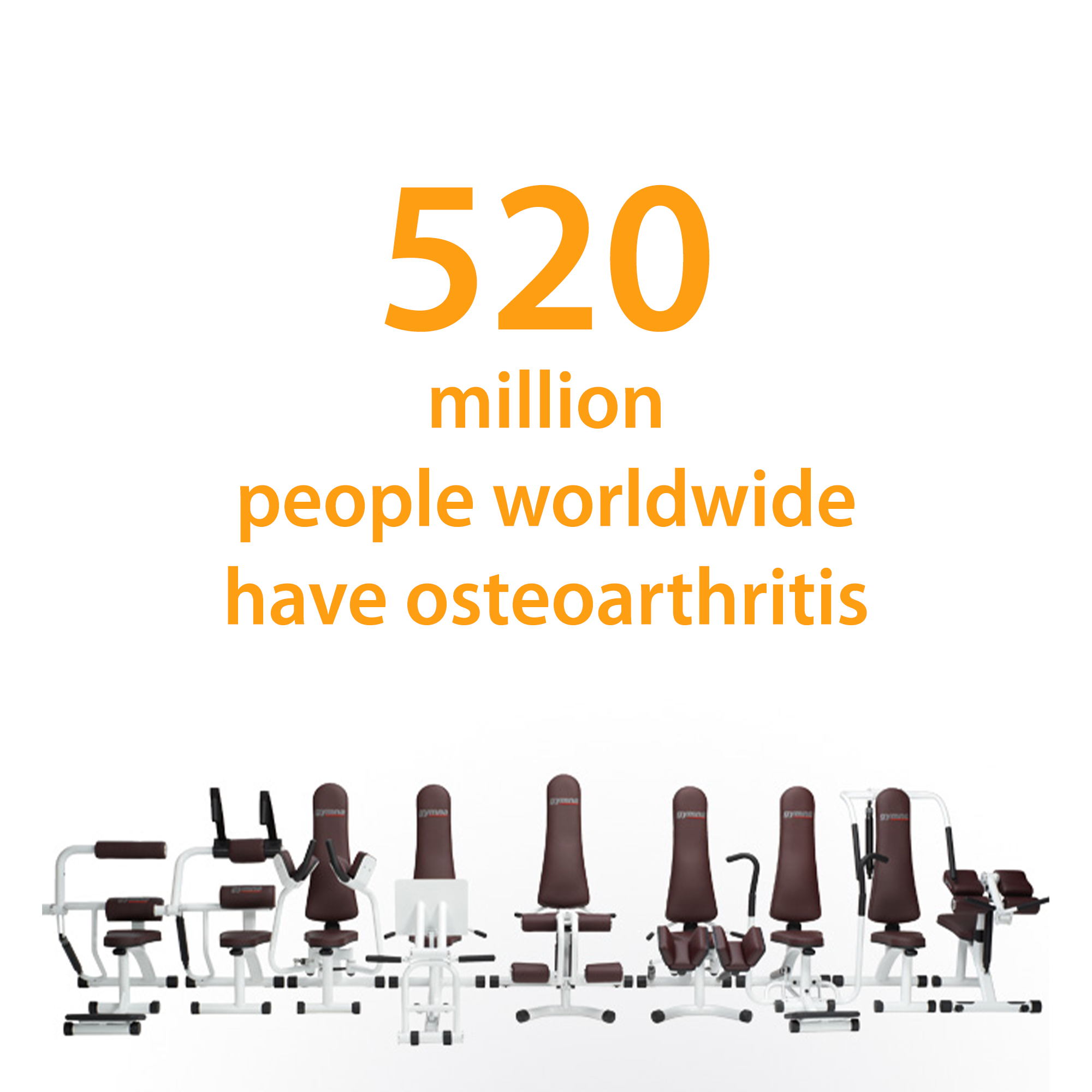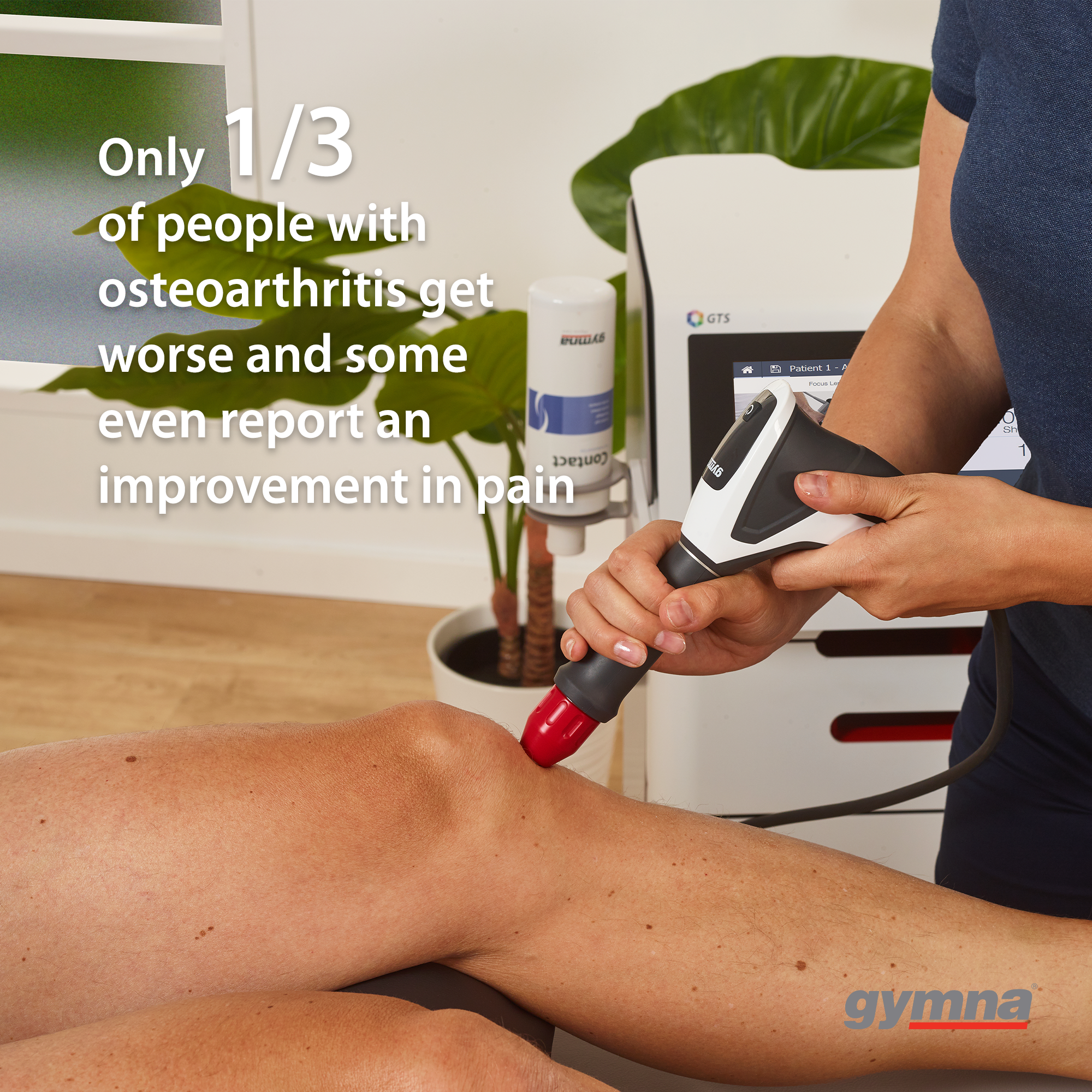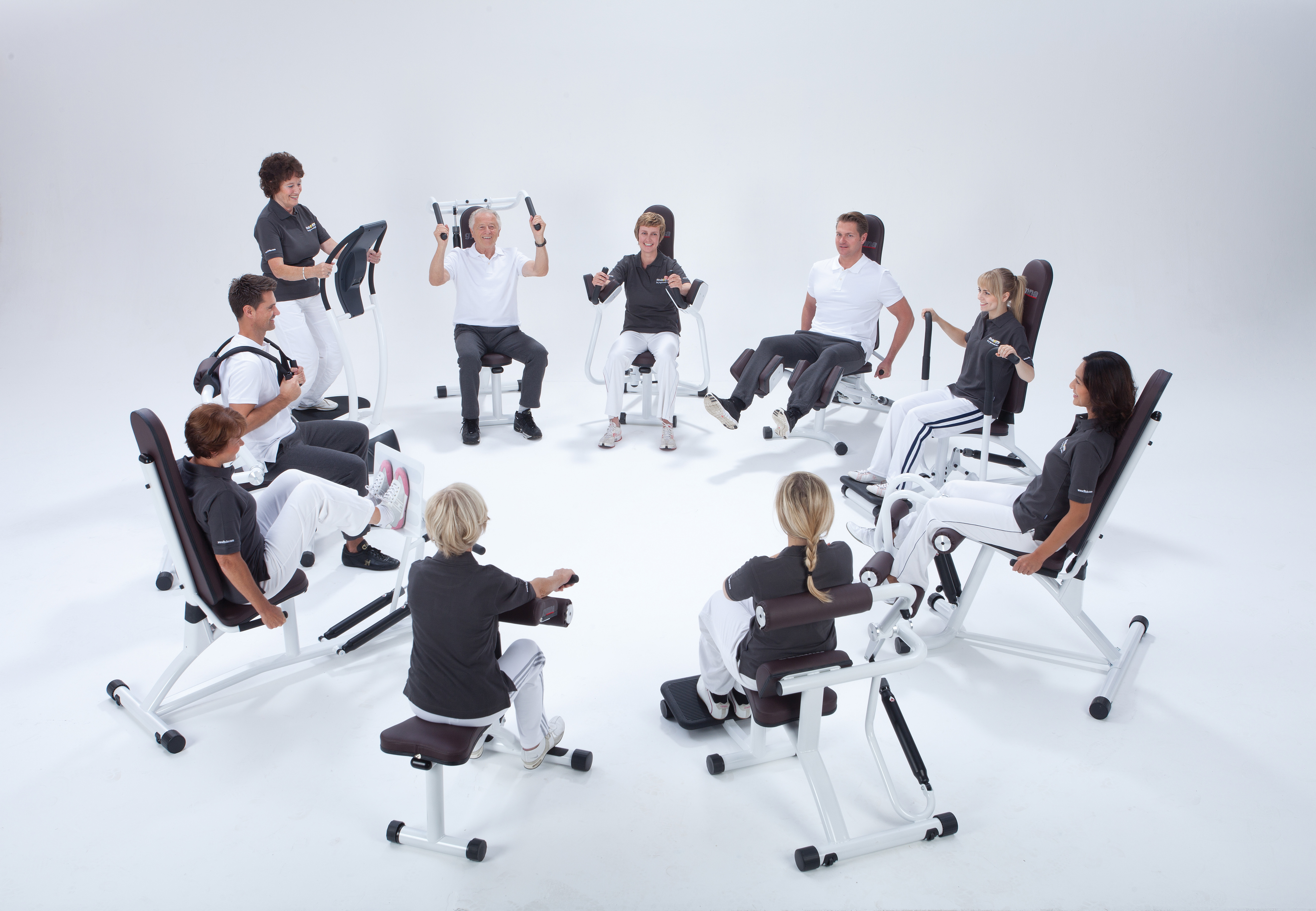What is osteoarthritis and what is the best treatment?

It’s almost 8 September, which also happens to be World Physical Therapy (PT) Day. This year osteoarthritis takes centre stage. Providing us with the perfect opportunity to shine the spotlight on osteoarthritis and how it can be treated.*
What is osteoarthritis and what are the symptoms?
Osteoarthritis is the most common musculoskeletal disorder. It is an inflammatory condition that can occur in any joint in the body but mainly affects the knees, hips, and hands. The inflammation causes cartilage attenuation and bone deformities, sometimes causing the bone to bulge. Although this may sound very serious, normal joint movement without pain or stiffness is possible even for patients suffering from this condition.
The symptoms of osteoarthritis include:
- Joint pain
- Functional limitations
- Muscular weakness
- Joint stiffness
- Reduced quality of life
While the exact cause of osteoarthritis remains unknown, several risk factors can never the less be identified:
- Being overweight or obese adds excess strain on the joints, which can cause joint inflammation.
- History of joint injury, surgery, or stress on the affected joint. It does not matter at what age these problems occurred.
- Genetic predisposition: although it has never been proven that a specific gene can be held responsible for the disease's development, the condition does occur more frequently in some families than it does in others.
- Age: the risk of osteoarthritis increases with age.-Women: osteoarthritis is more common in women than in men.


What is the best treatment for osteoarthritis?
A well-suited and invaluable player in the treatment of osteoarthritis is of course the physiotherapist. While advice, pain relief and mobilisation are indispensable elements of a physiotherapy approach, its principal focus remains exercise (physical) therapy. Furthermore, physiotherapy has beneficial effects when applied in the period leading up to surgical joint replacement and during the patient’s rehabilitation process.
As research shows time and again, exercise therapy generates the best results and is therefore always the primary treatment for osteoarthritis. A review by Skou et al.(2019), for example, indicates that exercise therapy is at least as effective as pain medication while steering clear of any severe side effects. To achieve optimal results, it is recommended to carry out biweekly exercise therapy sessions for 12 weeks.
After that, maintaining an active lifestyle is essential to preserve progress. A systematic review by Goh et al.(2019) pinpoints that exercise therapy results in a statistically significant improvement in pain, function, use, and quality of life after eight weeks. More progress has been demonstrated in younger patients (under 60 years of age), patients with knee osteoarthritis, and patients not awaiting surgery.
What are the effects and benefits of exercise therapy on osteoarthritis?
Using exercise therapy on osteoarthritis can generate a multitude of positive effects and benefits, such as:
- Preventing and delaying functional limitations.(Some patients report an improvement in physical function as a result of exercise therapy).
- Reducing joint pain
- Strengthening the muscles that protect and support your joints
- Reducing joint stiffness
- Improving balance and thus reducing the risk of falling
- Increasing energy
- Maintaining a healthy weight (which is crucial as being overweight is a risk factor)
- Better fitness
- Better night’s sleep
- Helping you to carry out daily activities and do things that are important to you
- Postponing or even preventing surgical joint replacement
Although people often have qualms about it, patients with osteoarthritis are in fact allowed to participate in exercise therapy. While it can seem contradictory because exercise therapy may cause some pain; it does not cause further damage. As mentioned above, exercise therapy is in fact the best treatment for osteoarthritis. As a matter of fact, exercise therapy plays a crucial role in lubricating the affected joints and maintaining their general health.
Not moving increases stiffness and muscle weakness. Staying as active as possible, on the other hand, reduces pain and other symptoms and allows you to be independent for longer. However, to maintain your quality of life, it is absolutely essential to start the treatment as early as possible.


What is exercise therapy for osteoarthritis like?
As the patient’s starting level and a gradual build-up are essential, the physiotherapist will always prepare a tailor-made programme befitting that particular patient. The suggested exercises can be performed with or without equipment, both indoors and outdoors.
Cardiovascular exercises can include outdoor walking, cycling, and rowing. Indoor equipment such as treadmills, exercise bikes, rowing machines, and elliptical trainers are indispensable. When it comes down to strength training, exercises can be carried out using one's body weight, but the equipment can also offer a helping hand. An excellent example is Active Motion, or the W-Move, by Gymna. Suitable exercises can be offered at the right intensity using a variety of multifarious strength training equipment.

LEARN MORE ABOUT ACTIVE MOTION
Learn more about the Gymna range of training equipment
If you would like to receive more information about the training equipment Gymna offers, please feel free to contact us.
Skou ST, Roos EM. Physical therapy for patients with knee and hip osteoarthritis: supervised, active treatment is current best practice. Clin Exp Rheumatol. 2019 Sep-Oct; 37 Suppl 120(5):112-117. Epub 2019 Oct 15. Erratum in: Clin Exp Rheumatol. 2020 Sep-Oct; 38(5):1036. PMID: 31621559. Goh SL, Persson MSM, Stocks J, Hou Y, Lin J, Hall MC, Doherty M, Zhang W. Efficacy and potential determinants of exercise therapy in knee and hip osteoarthritis: A systematic review and meta-analysis. Ann Phys Rehabil Med. 2019 Sep; 62(5):356-365. DOI: 10.1016/j.rehab.2019.04.006. Epub 2019 May 21. PMID: 31121333; PMCID: PMC6880792.
*This article is primarily based on the information provided by the World Physical Therapy (PT) Day organisation. For the full bibliography, please refer to https://world.physio/sites/default/files/2022-06/WPTD2022-Sources-and-further-reading.pdf
